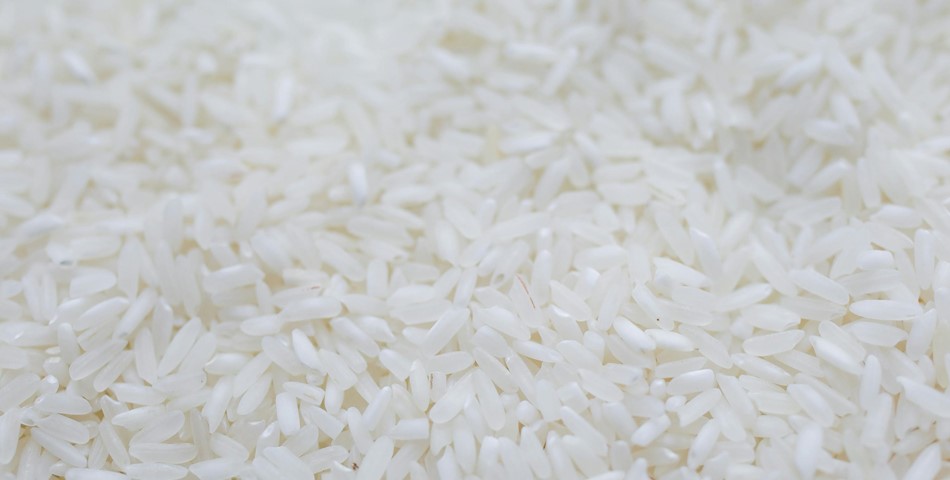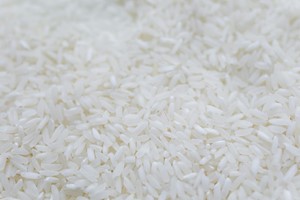In the quest for cleaner label ingredients and minimally processed foods, a team of researchers led by Ya-Jane Wang, a professor of carbohydrate chemistry, is pioneering the use of naturally occurring compounds to enhance the texture and viscosity of starch-based food products. Their focus lies particularly on pigmented waxy rice, harnessing its polyphenols and proteins to fortify starch without resorting to chemical modification.
Chemically modified starch has long been a staple thickener in various food applications, but concerns over its safety and consumer preferences for more natural alternatives have prompted this innovative exploration. "Clean label" has emerged as a significant trend in the food industry, with consumers increasingly favoring products with recognizable ingredients and devoid of synthetic chemicals.
Wang's research, funded by a $400,000 grant from the U.S. Department of Agriculture National Institute of Food and Agriculture, aims to address these concerns by leveraging the natural interactions between polyphenols, proteins, and starch found in pigmented waxy rice. This unique rice variety, characterized by its low amylose content and sticky texture, presents a promising avenue for enhancing food viscosity and texture without resorting to chemical interventions.
The project, conducted in collaboration with researchers from various disciplines including food science, nutrition, and biochemistry, unfolds in three phases. The initial phase involved evaluating the composition of pigmented waxy rice samples, elucidating the contents and interactions of proteins, starch, and polyphenols. This phase culminated in a research article recently published in the Journal of Cereal Science.
The subsequent phases will delve deeper into understanding the nature of polyphenol-protein interactions and their role in maintaining granule integrity under diverse processing conditions. The ultimate goal is to develop a technology that can produce a spectrum of viscosities suitable for different food applications, ranging from soups to cereals and pasta.
Wang envisions potential applications of this technology in a wide array of food products, offering not only cleaner label alternatives but also potential health benefits associated with the natural compounds present in pigmented waxy rice. Moreover, by sidestepping chemical modification, the research aims to mitigate environmental concerns associated with residue from such processes.
As the project progresses, Wang and her team aim to engage with food companies to explore commercialization opportunities and bring this natural starch-strengthening technology to market. The upcoming USDA-NIFA project director meeting in Amherst, Massachusetts, in June will provide a platform for Wang to share updates on the research and potentially garner industry interest in this groundbreaking innovation.
The pursuit of natural alternatives to chemically modified starch represents a significant step towards meeting consumer demand for cleaner label foods while ensuring the functionality and quality of processed food products. With ongoing research and collaboration, Wang and her team are poised to revolutionize the landscape of food processing, offering a sustainable and health-conscious approach to texture enhancement in the food industry.
news.uark.edu














